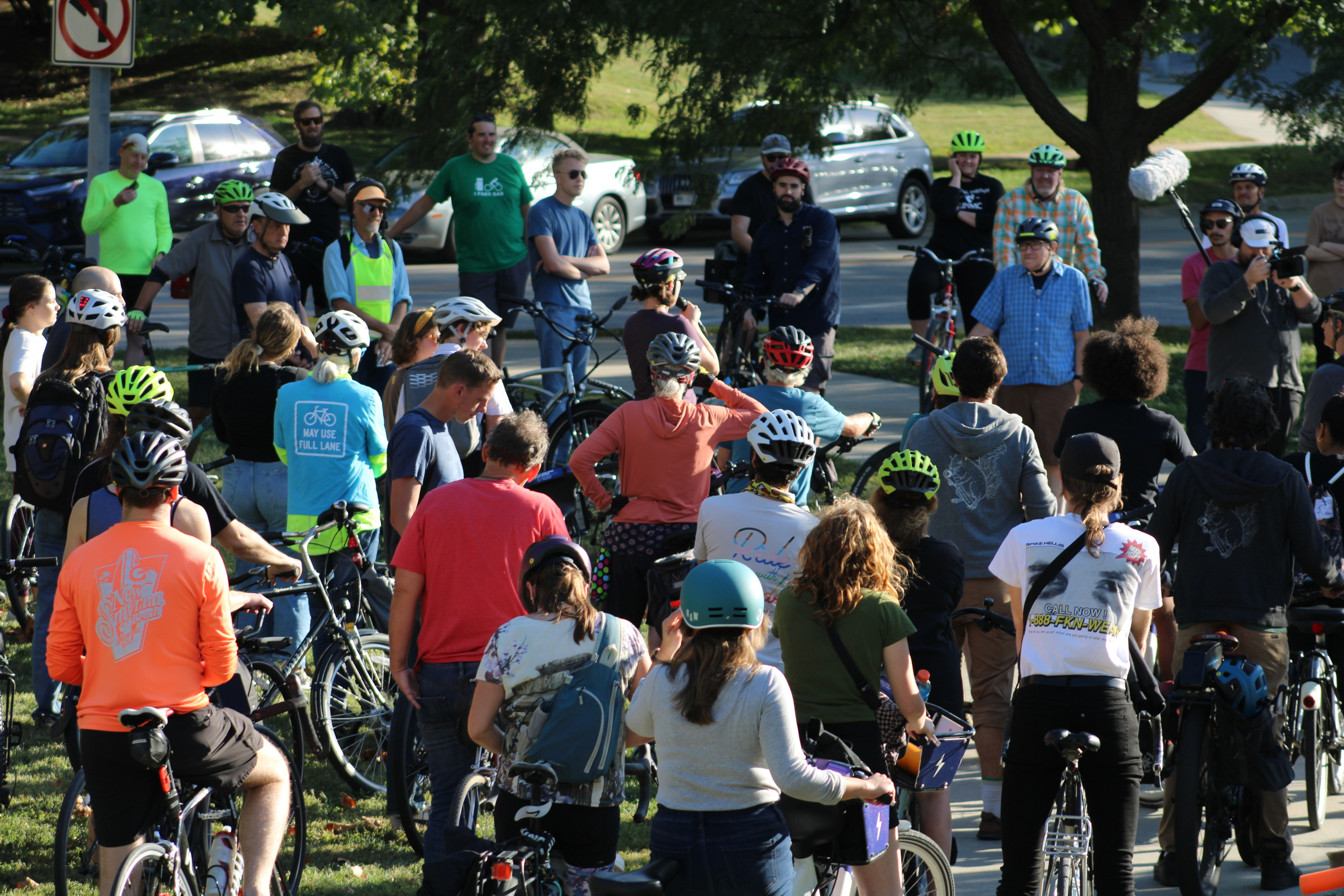Omaha World Herald columnist, Matthew Hansen, tackled Omaha’s quadrennial hand wringing about the quality of our city streets in his April 27th column, “Ahead of election, those who live on Omaha’s worst streets express a crumbling faith in the city.” Heady stuff, no? One of Mode Shift Omaha’s board members, Lee Meyers, has been studying the city’s capital improvement program and budget for street maintenance. He sent Mr. Hansen the following response:
Matthew,
As a former journalist, one of the modern wrinkles that I dislike is turning complex situations into a horse race because a horse race becomes easier to make dramatic and emotional. You captured the emotion of Omaha’s street repairs, but conveyed few of the complexities.
When a subdivision was built without standard city streets (roadbed with drainage and a thick concrete surface), the subdivision developer pocketed profits and the homeowners along the street pocketed savings. The subdivision comes into the city with those profits remaining with the developer and the homeowners. Back then, the developer and homeowners gloried in their savings and with their quaint non-city feeling of a slower street. The trouble comes from the fact that the non-standard city street does not hold up (it is sub-standard). The street deteriorates more quickly — but the profits remain in the developer’s pocket and the savings remain in the homeowners’ pockets.
Now, why should we in the poorer sections of the city (the east) pay to build those streets to cover the expenses pocketed by the developer and the homeowners? The facts remain that suburban home owners do not pay enough in property taxes, wheel taxes and gas taxes to pay for the streets that they think they want. Having good streets is easy — pay for them. We are not paying for them now. And if we have a sub-standard street, we have never paid for them.
I belong to a non-profit, Mode Shift Omaha, that has done a lot of digging into the Omaha Capital Improvement Program (CIP). Omaha under all political horses continues to add more street miles than all our taxes can maintain. The most egregious of the false whiners are those who have pocketed money in the past and now want all the city to subsidize their new streets. Mode Shift is trying to get the financial numbers to show how much per acre subdivisions pay in taxes and how much per acre each subdivision costs in city services. The costs exceed the taxes paid in most case and we’d hope to have help to dig out more actual numbers — but it is extremely difficult digging. Emotions and past poor choices get in the way — along with the complexities of government.
Lee Myers
Bottom line: with all the infrastructure needs throughout the city, should the city-wide tax payers be shouldering the cost to upgrade or maintain streets that have always been substandard?


When the city chose to annex subdivisions with substandard streets (not the current mayor’s choice), Omaha accepted the responsibility for said streets. Now that they belong to all of us, we are all responsible for their maintenance and upgrade. It was a mistake to annex if we didn’t want to pay for their streets, but that doesn’t change the unfortunate reality we now face.